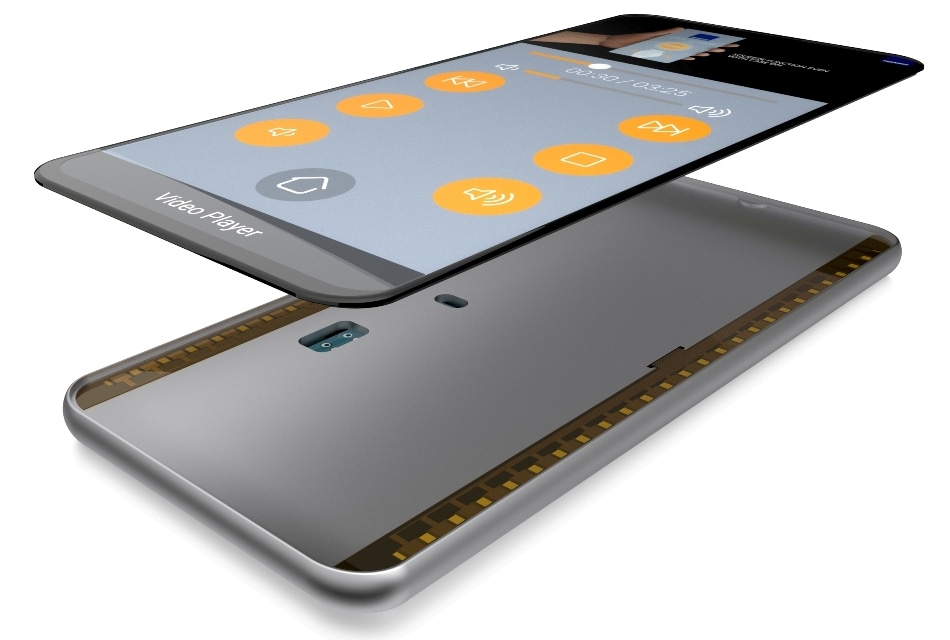Peratech, a world leader in force-sensing technology has launched its QTC®-based EDGE force-sensing solution that delivers User Experience (UX) differentiation and functionality for smartphones, wearables, and tablets.

Peratech’s latest HMI solution uses the edges of a device to provide what Peratech believes is a fundamentally better user experience. Thin sensors with Peratech’s patented QTC technology are mechanically integrated in key areas of the smartphone to capture a user’s natural single-handed grip, ergonomic finger movements, intuitive presses and squeezes to control key functions. EDGE can be used to simplify mute, sleep, volume, zoom, scroll, and emergency-call functions while improving one-handed usability. This means fewer dropped phones, less distraction, and fewer false touches while typing. EDGE works even while the user has wet hands or is wearing gloves.
By providing a quality force-sensing user experience with the edge of a device, Peratech enables designers to eliminate physical button openings and implement a thinner, more contoured device with a rigid-metal chassis. This means phones can be more durable, lower-cost, and more moisture-proof. Peratech’s EDGE solution works even with a protective case in place.
Peratech’s new Tactile User Experience or “TUX” Development Board and embedded software Application Suite enables designers to perform real-time calibration, signal conditioning, sensor fusion with other device sensors, linearization, and gesture/action capture that reduces design complexity and time-to-market. Based on the number and location of functions, Peratech provides a cost-and-function optimised scalable solution—from the most basic to one packed with desired features. Peratech offers technical support in the mechanical and embedded electronics integration of the EDGE solution, including system architecture, integration with existing sensing IC, and rapid force-based UX prototyping. This new level of support combined with the TUX line of development tools gives Peratech the ability to reduce complexity and months of development time.
Jon Stark, CEO of Peratech commented that, despite seeing poor force implementations struggling to detect force through the phone’s rigid chassis sidewall, there is demand for a force-sensing solution that works. “Our customers tell us that our EDGE solution in combination with embedded software development tools are a real game changer in product development speed and ability to create value-added user experiences. While our initial market focus has been smartphones, we expect the technology to be used in wearables and tablets as device manufacturers look to implement a highly-intuitive and consistent HMI across all devices while lowering SKUs, complexity and cost.”